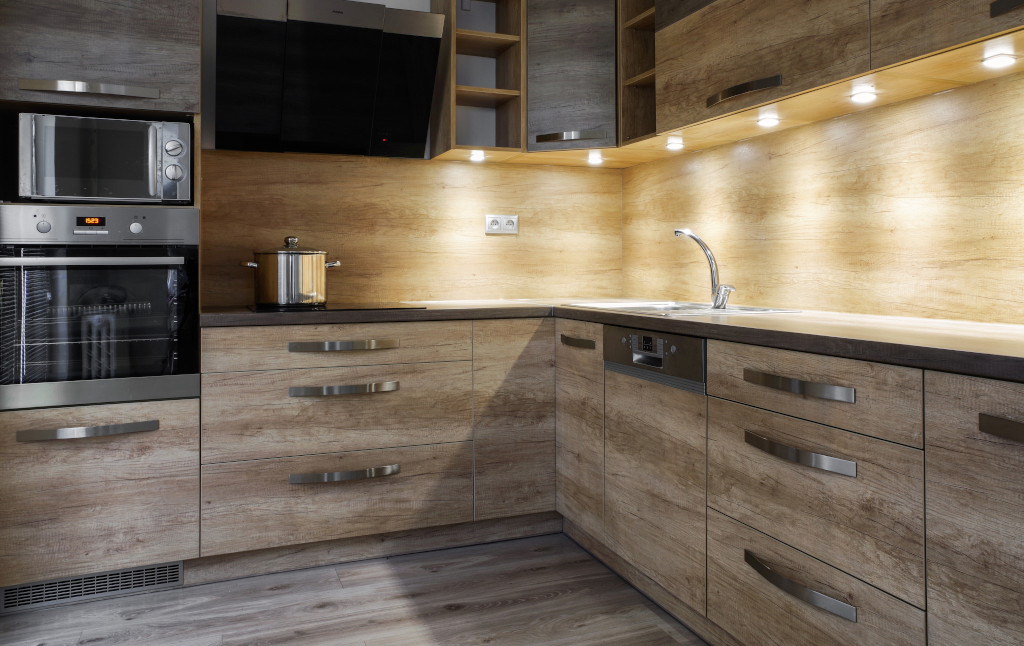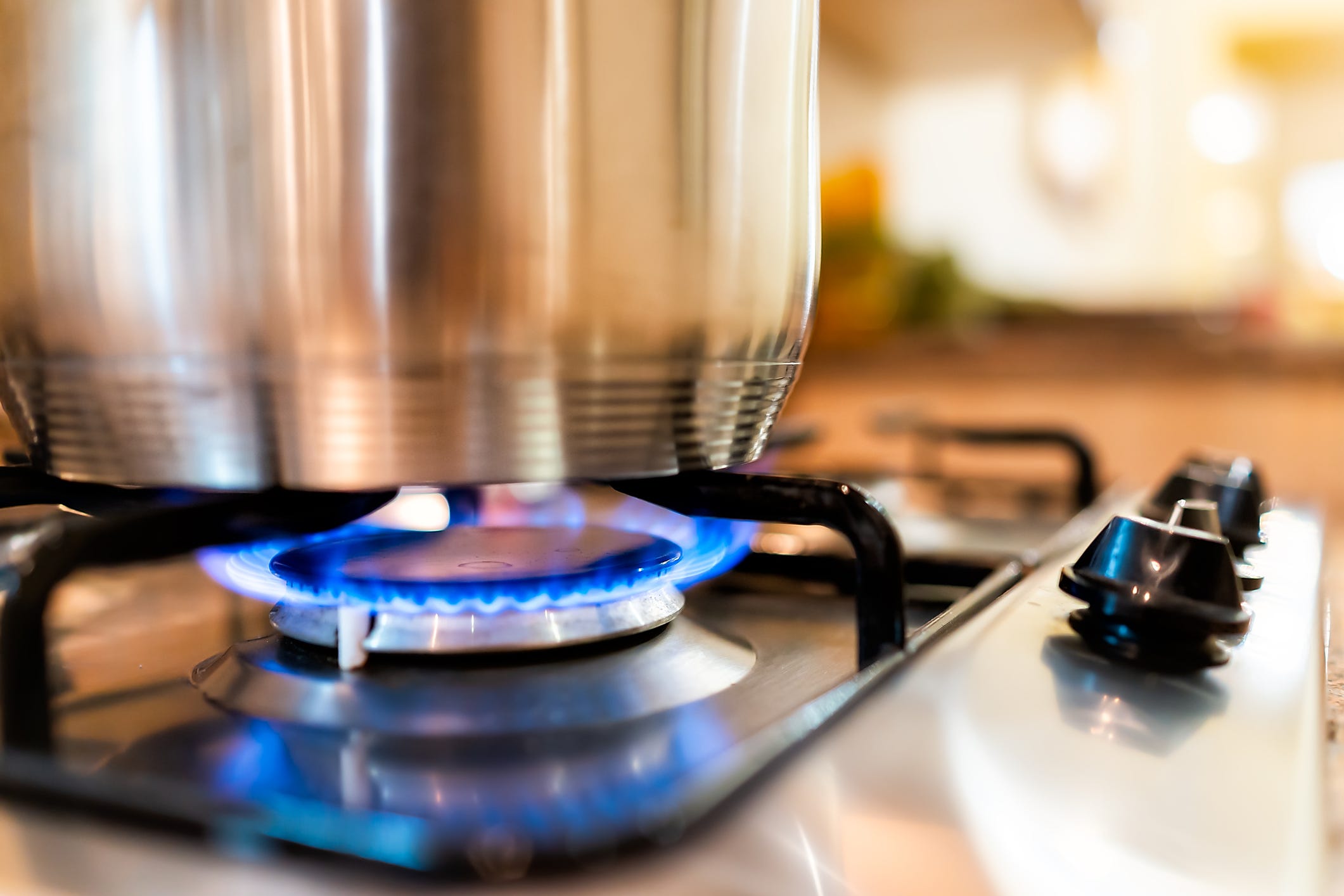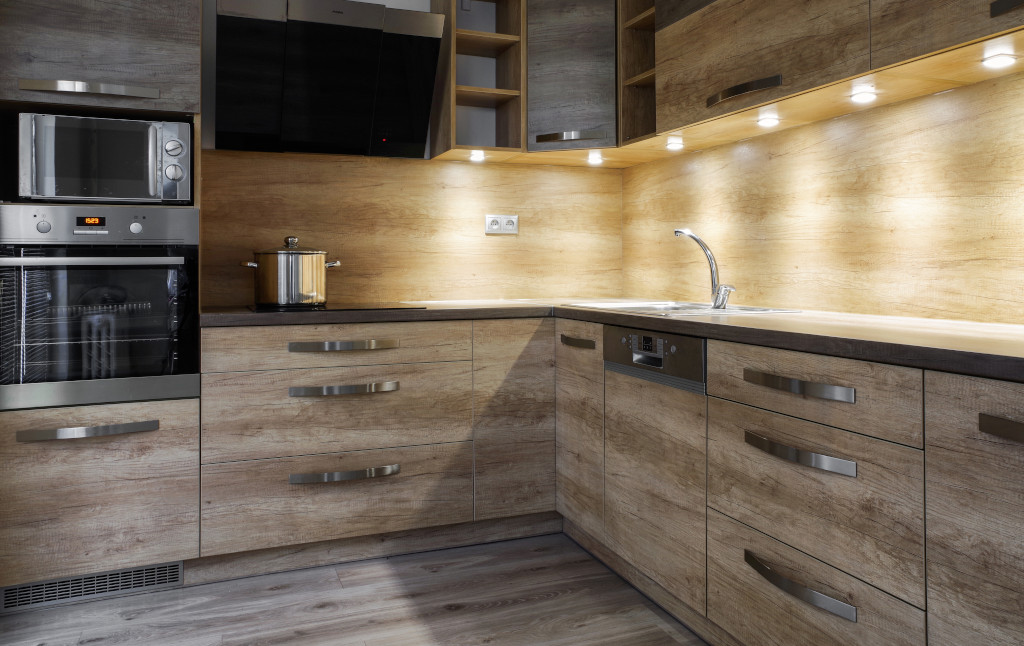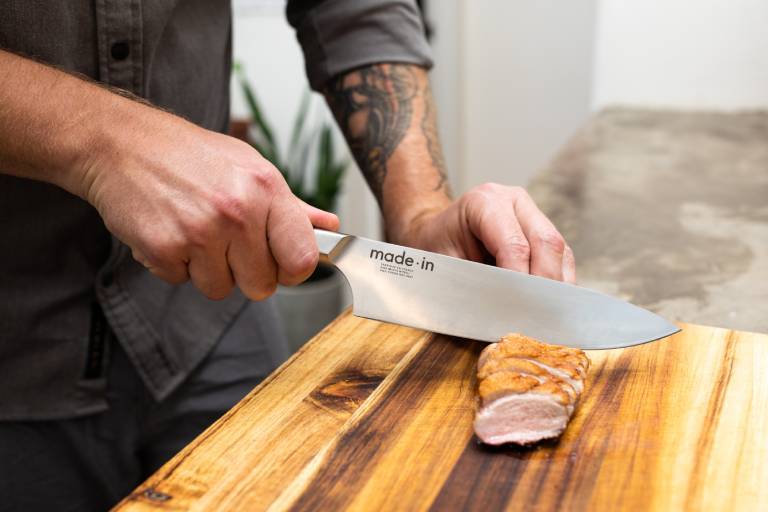It’s no secret that with all the advances in technology, many people are looking to switch to electric or induction cooktops. But is this a good idea? And how do you determine if your current stove is better than buying a new one? In this article, we will explore these questions and more. Let’s dive deep into this topic.

Image Credit: https://www.nytimes.com/
Why you don’t need to ditch your gas stove (yet)
The main issue with induction and electric stoves is that they are slow to heat up. This can be both an advantage and disadvantage. Heating things fast requires lots of energy, so there’s a big trade-off here. Electric stoves tend to have good recovery times, which means that if you turn them off and then on again shortly afterward, they will quickly return to their previous temperature.
On the other hand, electric stoves are terrible at holding their temperature once they have been turned off; in many cases, this is preferable (think about boiling a pot of water). While gas stovetops do take longer to heat up than electric stoves, they also hold the initial heat much better because it takes more energy/time to bring a large amount of water to a boil than it takes to maintain that heat.
Gas stove tops are also able to deliver very high, sustained temperatures (which is why things like deep frying work so well on them). You cannot achieve such high temperatures with an electric or induction cooktop without potentially causing damage. Furthermore, gas stoves often have built-in simmer settings which allow you to more precisely control the cooking temperature compared to electric or induction stovetops.
The other major advantage of gas over induction and electric burners is the ease of cleaning; most people find that the knobs and glass covers can be removed which makes cleanup much easier, whereas an induction or electric stove top requires using harsh chemicals and abrasives to clean away baked-on residue.
Some electric and induction stovetops come with a griddle built into the surface, which can be useful for cooking eggs or pancakes, but over time it tends to warp and become less flat (which is especially annoying when using it as an actual griddle). Gas stoves, on the other hand, can accommodate frying pans/griddles without any problem because they use thermal conduction to transfer heat rather than electromagnetic radiation.
You may have noticed that some of the newest and best electric ranges have glass-ceramic cooktops; these are nice because they don’t scratch or chip as easily as standard porcelain cooktops do.
dvantages of a gas stove
Generally speaking, gas stoves tend to be the most reliable out of all three types; while induction stovetops have a similar service life, they often require repairs for warping and damage from overheating. Electric stoves can also wear out over time due to heat/cool cycles and dirt buildup.
As mentioned before, it is much easier to clean a gas cooktop than an electric or induction one, which means your stove will look nicer for longer periods without getting dirty.
Gas is cheaper than electricity or induction heating- the average household spends about $1,000 per year on utilities. Assuming you heat with electricity, switching to natural gas could cut this bill in half. When you factor in the cost of the stove itself, a gas stove is usually less expensive to operate throughout its lifetime.
Finally, induction and electric stoves can’t be used with cast iron or carbon steel pans (because they create too much heat). The best cookware for gas stoves ensure that there’s no electromagnetic radiation involved; all you have to do is set your burner to “high.”
Disadvantages of gas stoves
The cost of converting from natural gas to propane is very high – if you live in an apartment building or somewhere where you cannot install a gas line, then this won’t be a viable option for you. If this describes your situation, then the best bet would be an electric stove, followed by an induction stove.
It takes much longer to heat water on a gas cooktop than it does on an electric stove – about 15 minutes vs 5 minutes. If you need to boil a large pot of water (for pasta or dumplings), then in most cases it’s better to use an electric or induction range.
Tips for using an electric or induction cooktop
Always preheat your pan before you add oil or food. If you heat the pan first, then your cooking times will be shorter because the initial heating of the pan won’t affect your cooking time (and thus won’t waste energy). When using induction or electric stovetops, it’s a good idea to start by microwaving water in a cup for one minute to create steam and make cleaning easier.
If you cook something that has an especially potent smell (like onions), consider removing the fumes with an exhaust fan or open windows. It is best to use flat-bottomed pans whenever possible because they’re more conductive than their curved counterparts; this ensures consistent heat distribution across the bottom of your pot/pan.
At the end of the day, your choice of stovetop should depend on what you can afford and/or have available. It’s always better to choose the most cost-effective option, as long as it is not too limiting. Also, remember that all cooking appliances have a lifespan; by using a stovetop with an induction or gas element for at least 20 years, you can come out ahead of an electric range in terms of money saved over time.
The future of cooking in the home and what it means for homeowners
The standard cooking appliances of the 21st century (electric and induction cooktops) are far removed from their predecessors in terms of design and functionality.
For example, baking an apple pie in a conventional gas or electric oven will take about 40 minutes – nowadays you could have it ready to eat in 10 minutes if only you had an oven with a high-speed convection fan. With that said, there might be one appliance that currently exists which would revolutionize the way we eat: sous vide. This is essentially cooking food at low temperatures for long periods using immersion circulators.
In many cases, the results are superior because they are cooked at such low temperatures (e.g., steak cooked to medium-rare is more tender and juicy than if it was cooked quickly on a high-heat stove or oven). Right now, sous vide cookers are prohibitively expensive ($200+) for most people. However, we could very well see these devices becoming cheaper in the future if they find wider consumer appeal.
Then again, maybe our nutrition habits will change dramatically; with the food industry continually innovating new ways to create tasty dishes, it’s possible that cooking at home might one day seem like a thing of the past.

Image Credit: http://azcentral.com
Final thoughts on Why You Don’t Need to Ditch Your Gas Stove (Yet)
In conclusion, you should remember that it’s always best to choose the most cost-effective option when buying cooking appliances for your home; in addition, consider what will suit your lifestyle and/or preferences. With that said, no matter how convenient induction cooktops are, you can still use a gas range without suffering significant drawbacks.
The post Why You Don’t Need to Ditch Your Gas Stove (Yet) appeared first on Kitchen Infinity.
Did you miss our previous article…
https://chefbuano.com/?p=100






